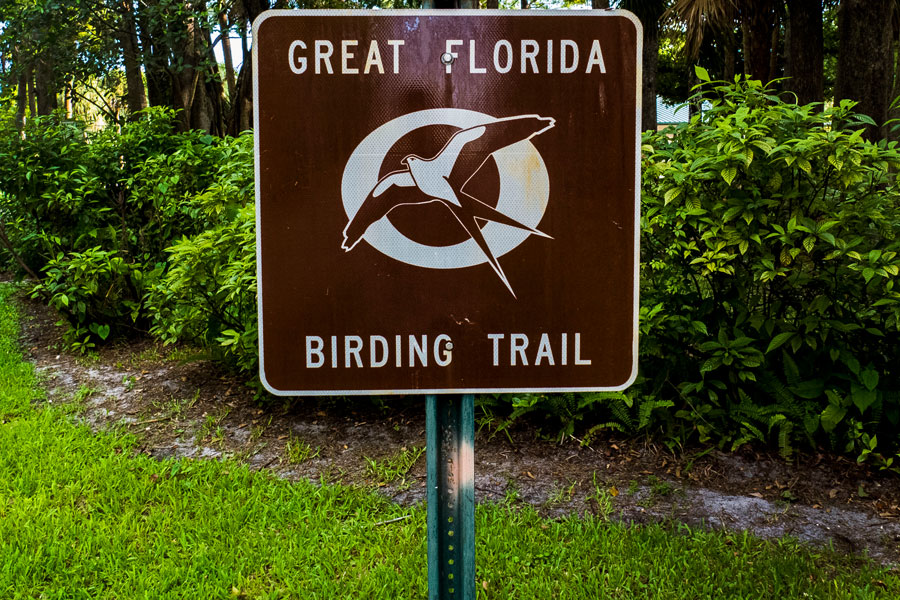Great Florida Birding Trail

The Great Florida Birding and Wildlife Trail is a remarkable 2,000-mile network of over 500 premier birding and wildlife viewing sites across the state of Florida. Managed by the Florida Fish and Wildlife Conservation Commission (FWC), the trail highlights Florida’s unique and diverse ecosystems, offering incredible opportunities to observe birds, wildlife, and native habitats. From coastal marshes and tropical wetlands to pine forests and urban parks, this trail is a must-visit for birdwatchers, photographers, nature enthusiasts, and families seeking outdoor adventures.
What Is the Great Florida Birding and Wildlife Trail?
The trail is divided into four geographic sections—Panhandle, East, West, and South—spanning the entire state of Florida. Each section features a variety of birding hotspots and wildlife habitats where visitors can observe native and migratory species in natural settings.
The trail not only showcases the state’s rich biodiversity but also provides educational opportunities and promotes conservation awareness. Each site is carefully selected based on its accessibility, ecological value, and abundance of wildlife.
Things to Do Along the Wildlife Trail
- Birdwatching
Explore premier birding sites across Florida where you can spot a vast array of bird species:- Waterbirds: Herons, egrets, spoonbills, ibis, and wood storks frequent coastal marshes and wetlands.
- Raptors: Bald eagles, ospreys, red-shouldered hawks, and kestrels soar above forests and open fields.
- Migratory Birds: Warblers, sandpipers, and songbirds flock to Florida during migration seasons.
- Rare and Endemic Species: Look for the elusive Florida scrub-jay, snail kite, and the endangered red-cockaded woodpecker in specific habitats.
- Wildlife Viewing
While birding is a primary focus, the trail also offers opportunities to observe Florida’s iconic wildlife:- Manatees in coastal estuaries and spring-fed rivers.
- Alligators and turtles in freshwater wetlands.
- Deer, otters, and raccoons in forests and parks.
- Dolphins playing in coastal waters.
- Nature Hiking and Exploration
Each trail site offers scenic hiking paths through diverse ecosystems, allowing visitors to immerse themselves in Florida’s natural beauty:- Wetlands and Marshes: Walk along boardwalks and elevated trails for safe wildlife viewing.
- Forests and Scrub Habitats: Enjoy shaded paths where native birds and animals thrive.
- Beaches and Coastal Trails: Combine birding with beachcombing and water views.
- Photography
The trail is a paradise for wildlife photographers and nature lovers:- Capture stunning shots of birds in flight, sunlit landscapes, and unique flora and fauna.
- Take advantage of viewing platforms and observation towers located at many trail sites.
- Guided Tours and Educational Programs
Many sites along the trail offer ranger-led tours, guided bird walks, and interpretive programs:- Learn about Florida’s ecosystems, bird species, and conservation efforts.
- Join seasonal events like bird counts, nature festivals, and wildlife workshops.
Highlights of the Four Trail Sections
- Panhandle Section
Explore coastal and inland sites from Pensacola to Tallahassee:- St. Marks National Wildlife Refuge: Known for migratory waterfowl and raptors.
- Topsail Hill Preserve State Park: Offers trails through dunes, lakes, and pine forests.
- East Section
Stretching along the Atlantic Coast from Jacksonville to Key West:- Merritt Island National Wildlife Refuge: A hotspot for waterfowl, shorebirds, and the endangered snail kite.
- Everglades National Park: Explore mangroves, sawgrass marshes, and unique bird species like roseate spoonbills and wood storks.
- West Section
Covering Florida’s Gulf Coast from Tampa Bay to Naples:- Honeymoon Island State Park: Famous for ospreys, bald eagles, and migratory songbirds.
- Corkscrew Swamp Sanctuary: Walk the boardwalk through cypress forests to spot woodpeckers and barred owls.
- South Section
Encompassing Central and South Florida’s unique habitats:- Lake Okeechobee: A critical stopover for migratory birds and home to snail kites.
- J.N. “Ding” Darling National Wildlife Refuge (Sanibel Island): Known for shorebirds, waterfowl, and roseate spoonbills.
Amenities & Facilities
- Viewing Platforms: Elevated towers and boardwalks offer unobstructed wildlife viewing.
- Visitor Centers: Many sites have interpretive centers with exhibits, maps, and educational resources.
- Picnic Areas: Enjoy meals at designated picnic spots surrounded by nature.
- Restrooms: Available at major trail sites and visitor centers.
- Trails and Boardwalks: Well-maintained paths accommodate hikers, families, and photographers.
Accessibility
The Great Florida Birding and Wildlife Trail includes accessible features at many sites:
- Boardwalks and Paved Paths: Ideal for wheelchair users and families with strollers.
- Accessible Parking: Designated spaces are provided at key trailheads and visitor centers.
- Viewing Platforms: Designed to accommodate visitors with mobility challenges.
Tips for Visiting the Birding and Wildlife Trails
- Bring Binoculars and a Camera: Enhance your birdwatching experience and capture memorable moments.
- Visit Early or Late: Birds are most active during early morning and late afternoon hours.
- Check the Seasons: Migration seasons (spring and fall) offer the best opportunities to spot diverse bird species.
- Wear Comfortable Clothing: Dress in lightweight, neutral-colored clothing and sturdy shoes.
- Pack Essentials: Bring water, sunscreen, insect repellent, and a field guide for bird identification.
- Respect Wildlife: Observe birds and animals from a safe distance without disturbing their habitats.
Vicinity of the 2,000-Mile Network of Trails
Nearby Attractions
Many sites on the trail are near other natural and cultural attractions:
- State Parks: Pair your visit with hiking, kayaking, or camping at nearby state parks.
- Wildlife Refuges: Explore expansive refuges rich in biodiversity.
- Historic Sites: Learn about Florida’s history while exploring its natural beauty.
Why Visit the Great Florida Birding and Wildlife Trail?
The Great Florida Birding and Wildlife Trail offers a one-of-a-kind opportunity to experience Florida’s natural beauty and abundant wildlife across diverse ecosystems. Whether you’re a seasoned birder, wildlife photographer, or a family seeking outdoor adventure, the trail’s curated network of sites showcases the best of Florida’s birds, landscapes, and native habitats. By promoting conservation and appreciation for wildlife, this statewide trail provides an unforgettable journey into wild Florida—one that inspires visitors to connect with nature and preserve its wonders for generations to come.
For more information visit: https://floridabirdingtrail.com 
